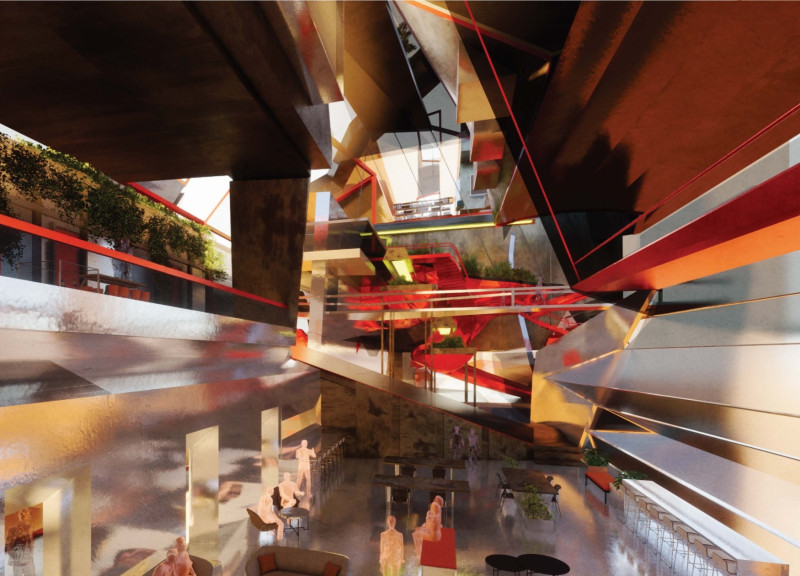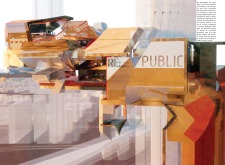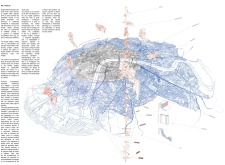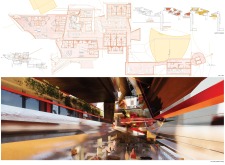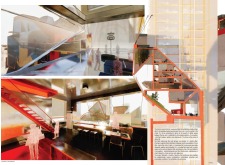5 key facts about this project
Spatially, "Re:Public" is organized around a series of fragmented volumes that break conventional housing typologies. This arrangement facilitates natural light and ventilation while creating varied spaces for different uses. The project includes lower levels dedicated to communal activities, while the upper floors accommodate private residential units. This structure supports a dynamic living experience that prioritizes accessibility and social connectivity.
Integration of Public and Private Spaces
A distinct characteristic of "Re:Public" is the effective integration of public and private spaces. The design employs transitional zones that help bridge these different areas, allowing for both shared community activities and private retreats. Common areas include gardens, recreational facilities, and communal lounges that encourage residents to interact and build relationships with one another. This thoughtful approach aims to mitigate the sense of isolation often found in dense urban living environments.
Innovations in Connectivity and Sustainability
"Re:Public" introduces the concept of aerial streets, elevated pathways that enhance pedestrian flow while separating foot traffic from vehicle movement. This design choice improves safety and accessibility while enhancing the overall user experience. Sustainable practices are embedded within the project, emphasizing energy-efficient materials and biophilic elements. Green roofs and vertical gardens contribute to environmental sustainability while improving aesthetic appeal and supporting biodiversity.
By focusing on these unique aspects, "Re:Public" stands out from typical residential projects. The thoughtful combination of communal areas, innovative connectivity features, and sustainable design practices creates a cohesive vision that meets the needs of modern urban living.
For further insights into the architectural design and specific plans, explore the architectural plans, architectural sections, and architectural ideas associated with this project. Understanding these elements will provide a deeper appreciation for the intricacies and considerations that shaped "Re:Public."


